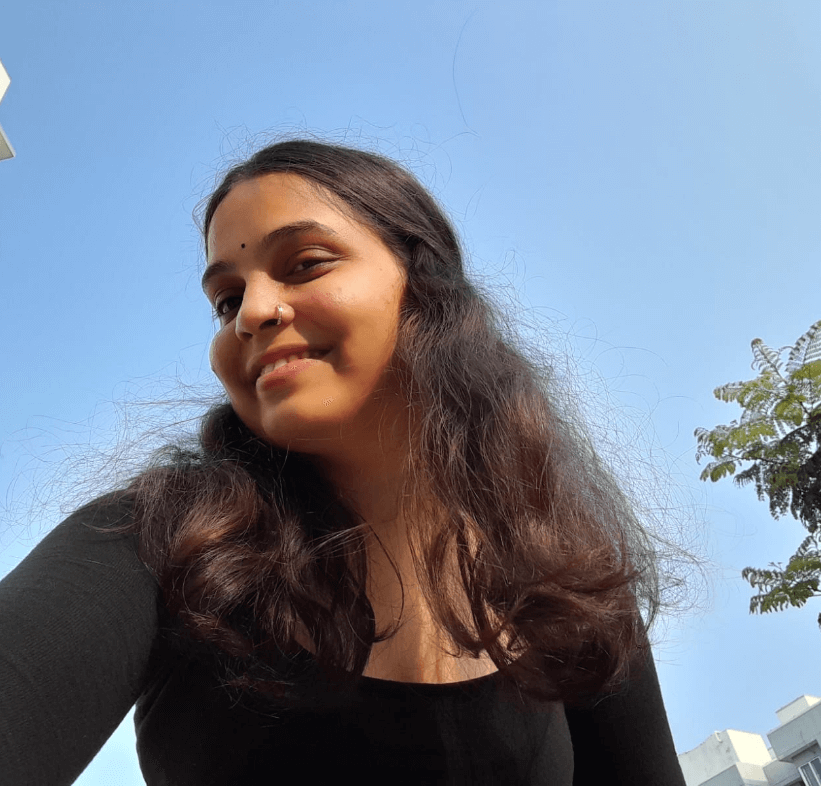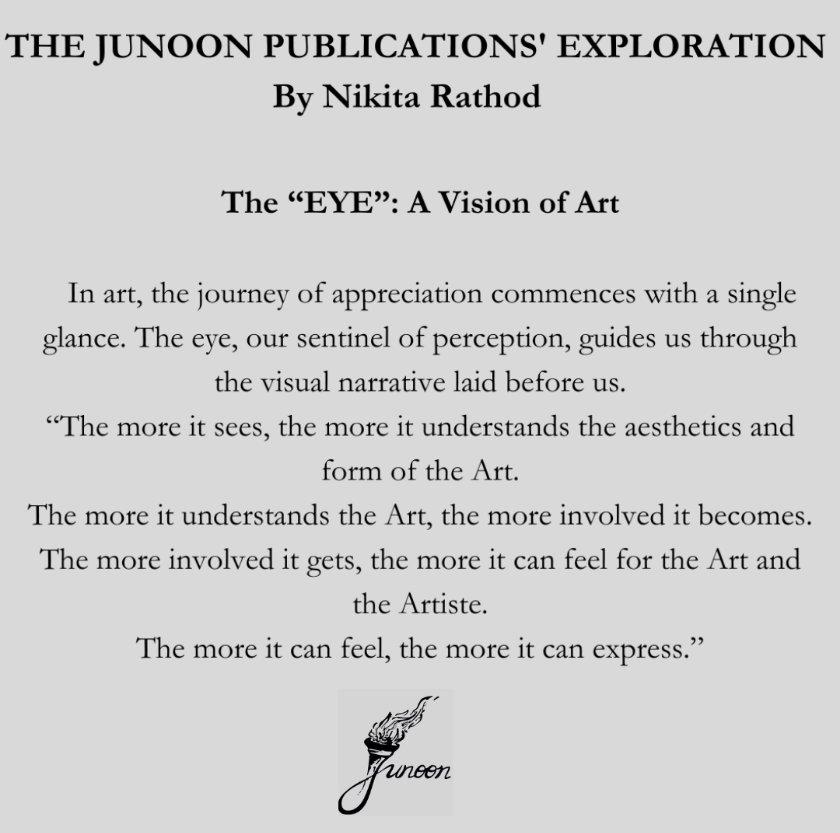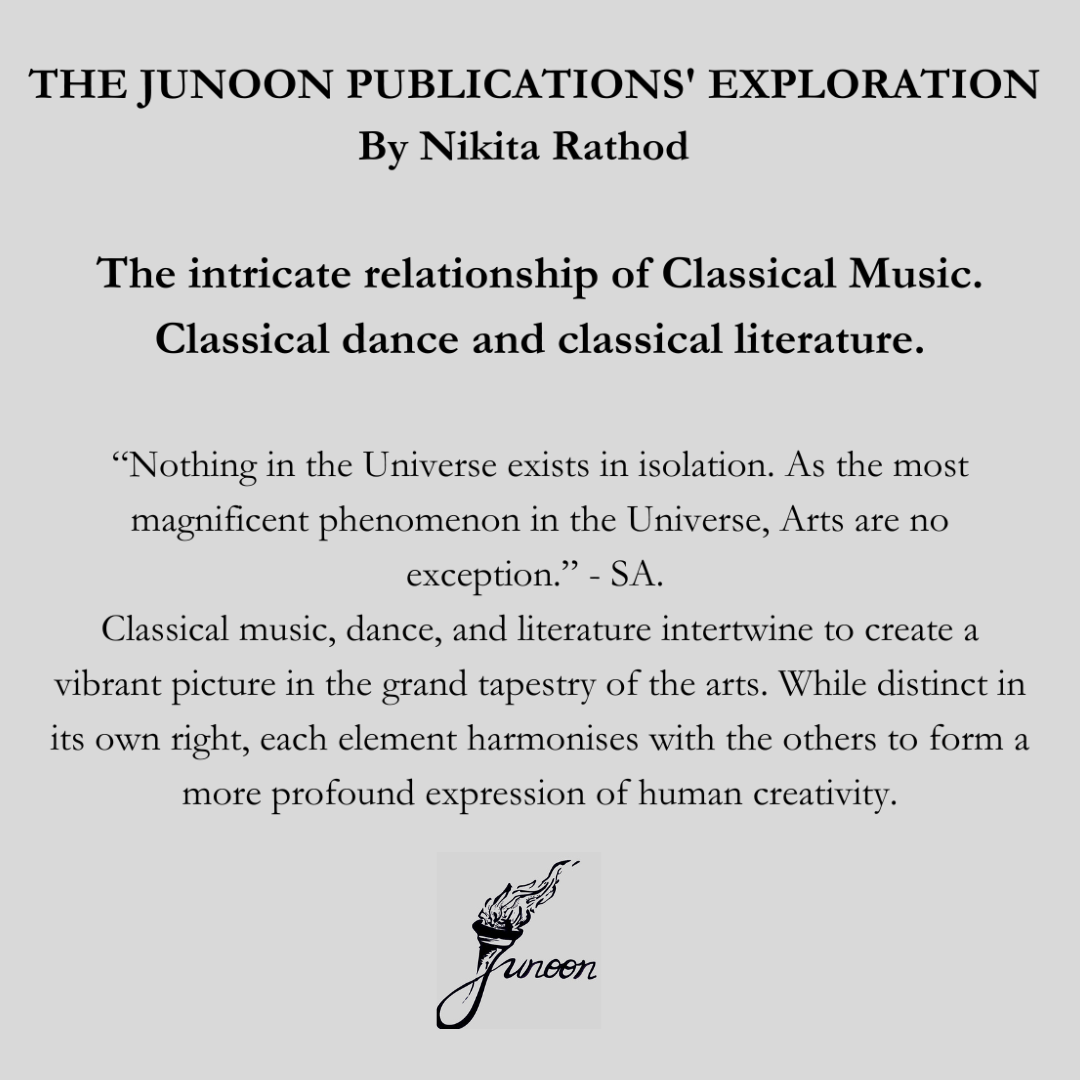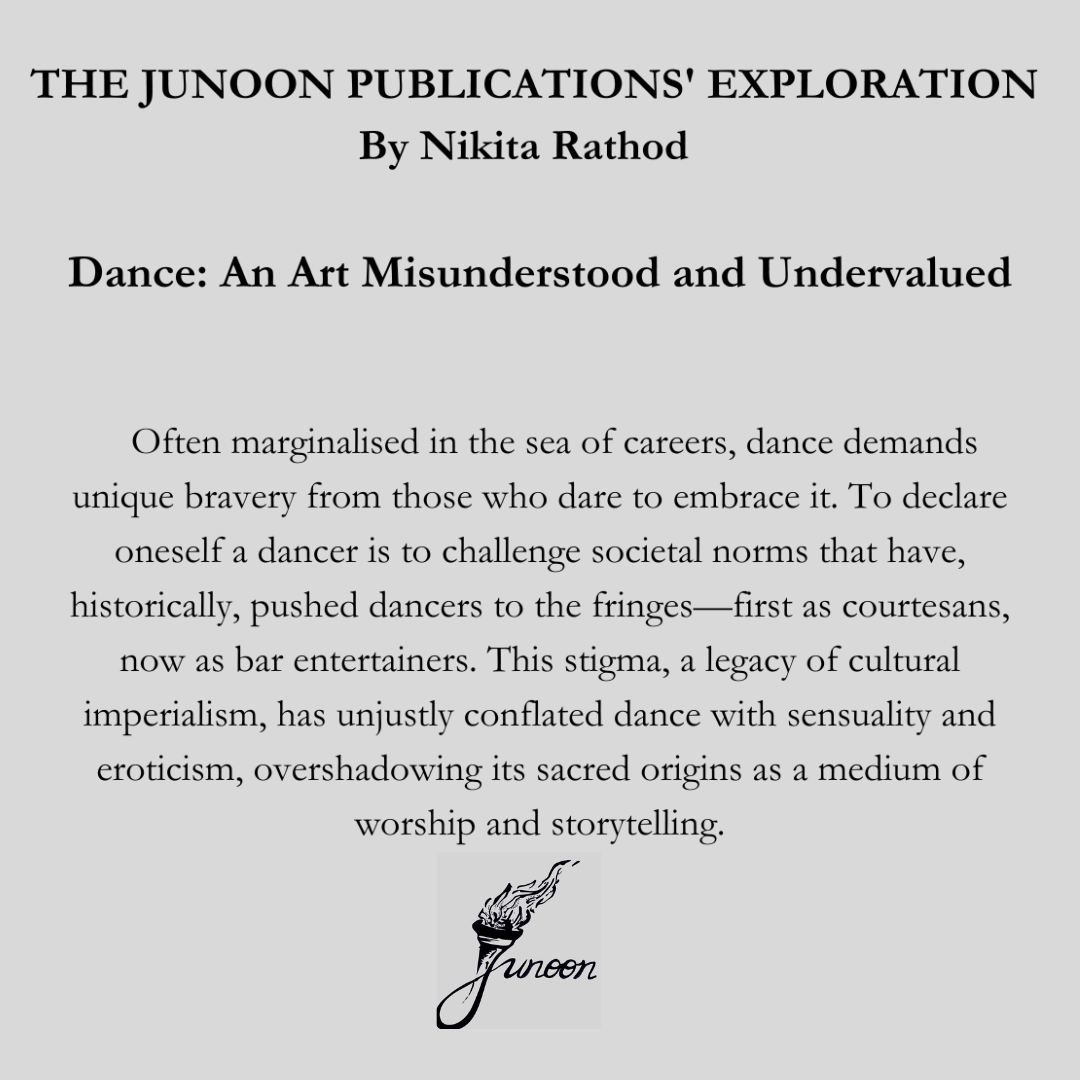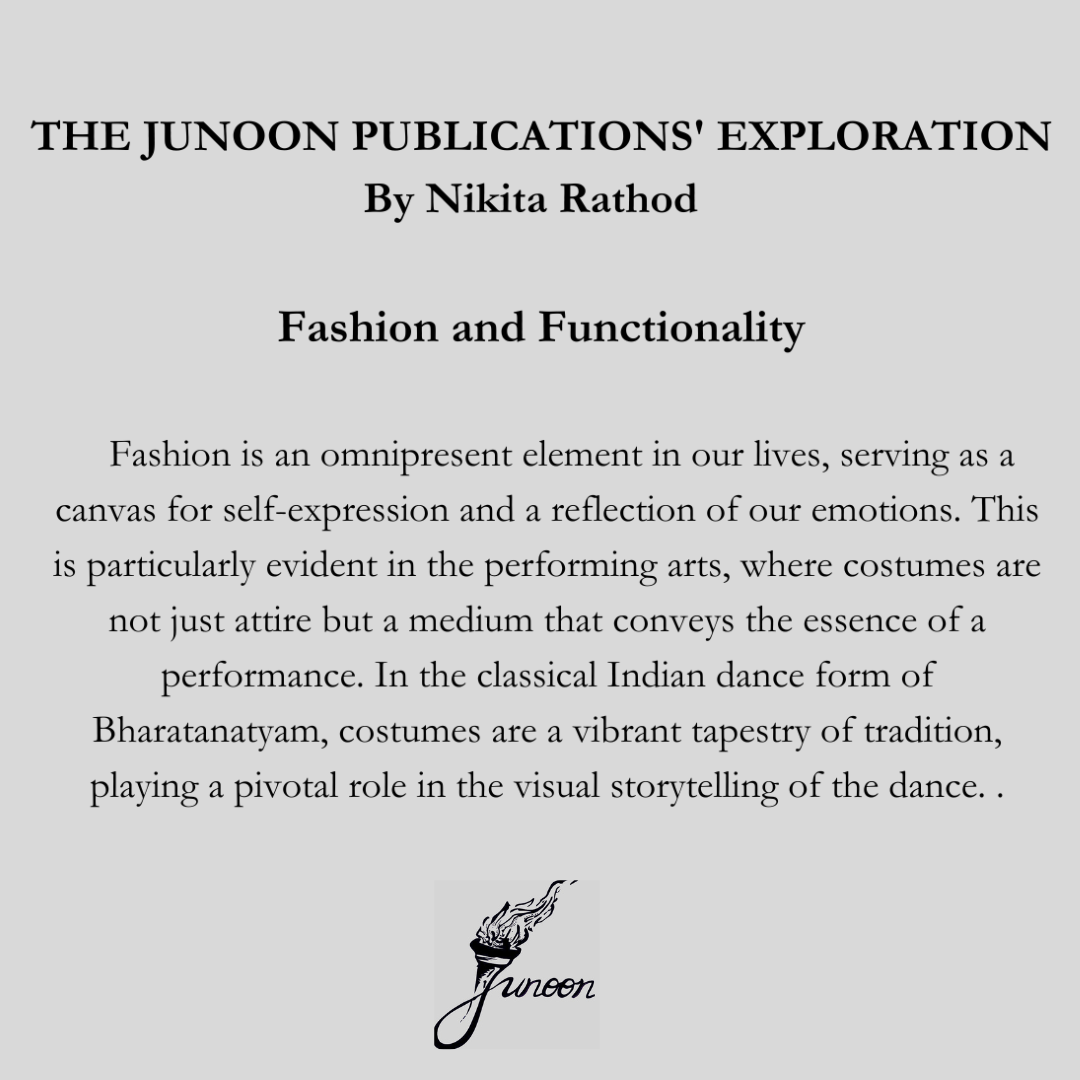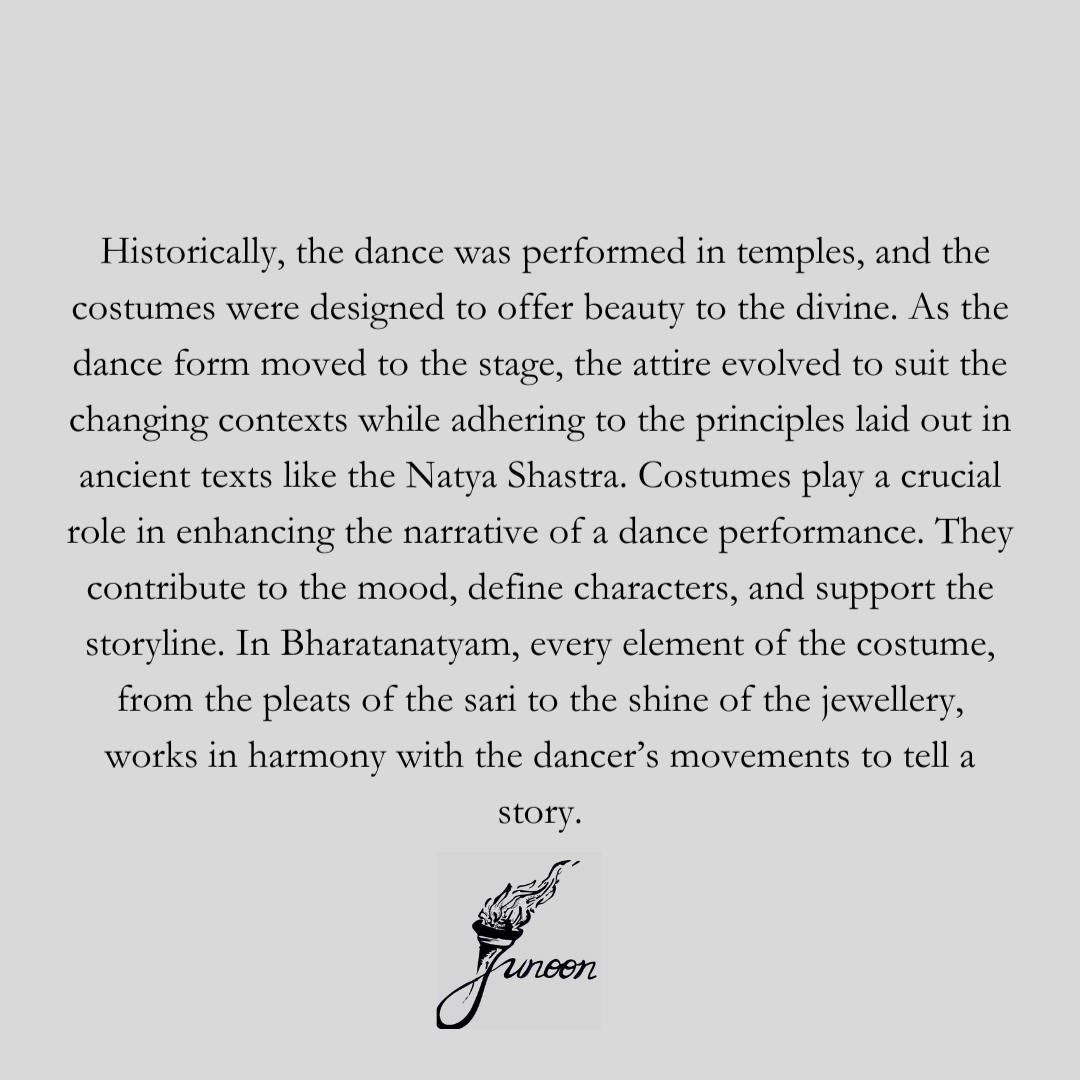The Junoon Method
The Junoon Method is a unique, immersive, inclusive and holistic curriculum designed to deliver training in and an understanding of Classical Dance and related Arts, Sciences, Sports and Studies to a student of Junoon.
It instills a love of and respect for the Arts, encourages exploration, demands discipline, pushes boundaries and traditions forward, ensures a diversity of gender, language, faith, story and background, builds empathy, character, personality, strength, endurance, foundational and other physical capacities, breeds innovation and inculcates an appreciation of the interconnectedness of the Arts and other subject areas.
CURRICULUM COMPONENTS
PHYSICAL
- Primary Classical Art forms: Bharata Natyam and Classical Ballet.
- Derivative Dance forms: Contemporary, Lyrical and Folk Dance.
- Preparatory Drills: Conditioning, Strength, Agility, Balance, Mobility and Co-ordination Drills.
- Sport and Cross-Training: Athletics, Calisthenics, Pilates, Yoga, Animal Flow and Team Games.
- Technique: Fundamentals of Classical Movement building up to Complex Routines.
- Choreography: Set Routines that are repeatedly practiced for enhanced overall muscle memory, function, strength and growth.
COGNITIVE/THEORETICAL
- Dance Theory: The Origin, History, Relevance, Symbolism and System of Classical Dance codified in The Junoon Publications.
- Literature and Language: An exploration of Ancient and Classical Literature in Ancient and Contemporary Languages (Sanskrit, Tamil, Persian, Urdu, English and regional Indian Languages).
- Music and Related Arts Theory: Conditioning, Strength, Agility, Balance, Mobility and Co-ordination Drills.
- Artistic Science: Exploring the link between the Arts and Sciences; the importance of mental, psychological and neurological function in determining the practice and creation of Art and the most scientific means and methods to execute Art.
- Exploring the Visual Art of Photography, Archive and Documentary Filmmaking in order to strengthen technical knowhow and storytelling ability through media communications.
EXPRESSION
- Storytelling through Dance
- Performance Discipline, Energy, Professionalism and Culture
- Dramaturgy: The interpretation, visualization and adaptation of Classical Literature for Classical Dance productions.
- Diversity: Encourages the representation of all stories, cultures and peoples.
- Improvisation: The ability to employ one’s artistic talent, ability and technique to respond spontaneously to moments and develop instantaneous stories, illustrated through Classical Movement.
REFLECTIVE
- Research, Analysis, Interpretation, Reflection and Writing
- Personal Experimentation and Experience: Recording one’s thoughts and journey with the Arts.
- Individual and Collective Innovation: with Concept, Choreography and Contemporization of the Classical Arts.
- Program Participation: For instance, entering into The Junoon Publications’ Exploration or The Junoon Productions.
PSYCHOLOGICAL/EMOTIONAL
- Distinguishing between Type 1 and Type 2 decisions in the course of one’s Artistic practice/journey.
- Regular psychological support and counselling that can provide relief, clarity and relaxation amid the everyday stress and ambition that professional, adolescent, pre-pubescent and amateur dancing brings.
- Exercises, practices and meditative means to renew thought process, restore trust and refresh perspective to change the outcome in the course of a very physical, artistic and dynamic career and course.
CAREERS
- Establishing, Understanding and Envisaging what Professional Dancing entails in the historic,current and futuristic context.
- The Code of Ethics Professional Dancing calls for.
- Curating ones career and envisioning one’s role as Performing Artiste, Choreographer, Teacher or an Arts Administrator, Pioneer, Critic or Well Wisher.
- Visualizing the economic possibilities within one’s chosen career path and thinking innovatively to broaden these.
- Appreciating the stages and processes one must come through within one’s artistic practice and focus area.
- Discovering the grounds for decision making when crucial career decisions, shifts and choices must be made.



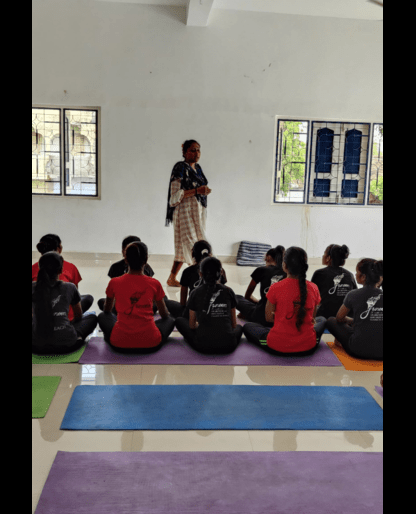
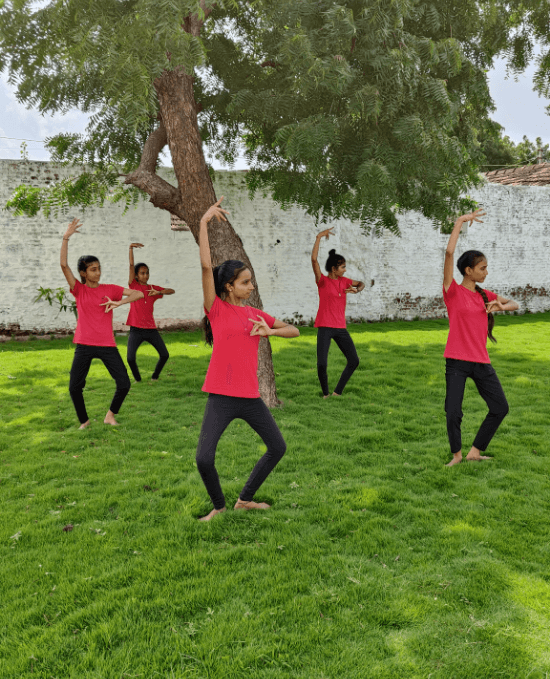
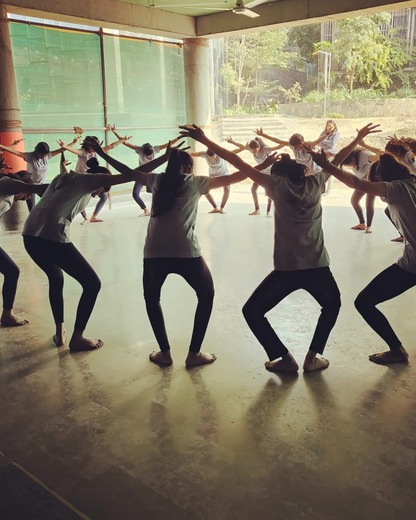
CROSS-CURRICULAR COMPONENTS
The Arts, Sciences, Sports and Studies Connection aimed at instilling an enhanced understanding of:
- Physiology, Anatomy and Biology
- Concepts in Physics that correspond to Dance (Gravity, Matter, Sound, Space, Velocity, Momentum, etc.)
- Nature (Discovering the Symbolism in Gestures that establish Scene, Imagery and Setting and thereby build an inherent respect for nature, the desire to conserve and protect the environmentand climate consciousness).
- Photography and Filmmaking
- Music
- Culture, Context and Setting
- Dramaturgy
- Literature and Language
- The Fine Arts
- Spiritual Awareness
SUB-DIVISIONS OF CURRICULUM
While every student of Junoon will have a more general view of each of these sub-categories, these explorations are for those that choose to delve deeper into subject areas closely linked to Classical Dance. These may also be made obligatory for students depending on the capability of students across projects.
Because Dance cannot be learned without an education in Music and because some students may be more inclined to and adept at picking up certain details of a supporting and deeply influential art form such as Music, this program involves:
- Music Theory and History;
- Understanding Classical systems of Music – Carnatic, Western and Hindustani – Melodic and Rhythmic Patterns;
- Comprehending the connection between Melody and Emotion (Raga and Rasa) so as to emote better as a Dancer;
- Music and Storytelling and thereby bringing a story forth through Dance;
- Strengthening Listening skills and thereby enabling Experimentation with Music suited to Dance.
- Reading, Research, Analysis, Interpretation, Reflection and Writing:
- Constructing Papers on Dance and Related Arts Theory;
- Potential Additions to upgraded versions of the Publications;
- The constant, age-appropriate categorization of the Table of Contents of the Publications.
The degree and depth of reflection and writing also vary with age. Hence, it helps to have a workbook to complement the Publications in which the students can record their first responses to the content suited to their age and observe how these evolve with time, training and experience.
The students on our Rural Outreach in Dhasa, Gujarat, are currently engaged on this since they already study Sanskrit as a Language at school. It involves:
- Exploring Ancient Epics, Texts and Treatises, Poetry and Songs in Sanskrit;
- Translation, Interpretation and eventual Adaptation for Classical Dance;
- Understanding the Length, Breadth and Depth of Sanskrit as a Language, its Features and Significance.
This program, put together by Anishka Paraswani, seeks to educate a Dancer about setting, externalities,
production, colours, costumes and visualization so as to enhance one’s practice, perception, creation and
delivery of art.
1. The Observation of details in order to be a more efficient artiste.
2. An Understanding of surroundings and set-ups for the productive use of space.
3. The creation of a setting – background, prop placement, self-placement and lights – in order for
the artistic scene to tell a complete story.
4. Developing an ‘eye’ for choreography suited to oneself, costume and colours appropriate to
storyline and physique and the inspiration from the space one inhabits as a Dancer.
5. Drawing impetus and ideas from artworks on display for storytelling through Dance.
6. Discovering Dance to complement a particular artwork – either in response to it or as a pure
illustration of this particular art piece through movement.
7. Employing Dance to enhance a particular setting that involves an artwork on display.
This program, piloted and pioneered by Anusha Kaul Datta at our Rural Outreach in Dhasa, Gujarat, is
an introduction to the basics and specifics of camera-work, photography and filmmaking. It helps
emerging artistes learn essential skills to document their art which can help build, foster and further their
artistic profiles.
1. The Fundamentals of Digital Photography.
2. Its application in the Documentation of Performing Arts.
3. Exploring Camera Equipment and Understanding its features, functions and how to keep filming
and photography gear secure.
4. Understanding how Dancer’s Movement and Performance can best be captured using a camera
and the interplay of light, distance, space and clarity.
THE JUNOON PUBLICATIONS' EXPLORATION BY NIKITA'S RATHOD
Nikita Rathod, our trainee on this program is an erstwhile Junoon Gurukul student.
This is what Nikita has to say:
“In this program, my aim is to learn, reflect, and analyze. As the name suggests, I’ll be exploring the publications through close readings and reflections. I plan to focus on particular topics and offer my insights. It’s a challenge since I’m not yet an expert in writing dance theory analyses, but I’m embracing the journey and hoping to grow…
This opportunity is allowing me to transition from being a student to becoming a contributor to Junoon’s beautiful journey.”
READ NIKITA'S COMPLETE ESSAYS HEREA Note for Nikita’s Junoon
A piece of our heart and one of the most promising students we’ve ever had the chance to encounter (and teach, as I learn) in the very first batch of ‘The Junoon Gurukul’, Nikita Rathod decided to work with Junoon on our first ever TJPE (The Junoon Publications’ Exploration).
It involved Research, Writing, Reflection and Analysis on The Junoon Publications that are an intrinsic and crucial part of the unique and immersive Junoon Method. Still a work in progress, but we are scripting it carefully and consciously every day.
A piece of our heart and one of the most promising students we’ve ever had the chance to encounter (and teach, as I learn) in the very first batch of ‘The Junoon Gurukul’, Nikita Rathod decided to work with Junoon on our first ever TJPE (The Junoon Publications’ Exploration).
It involved Research, Writing, Reflection and Analysis on The Junoon Publications that are an intrinsic and crucial part of the unique and immersive Junoon Method. Still a work in progress, but we are scripting it carefully and consciously every day.

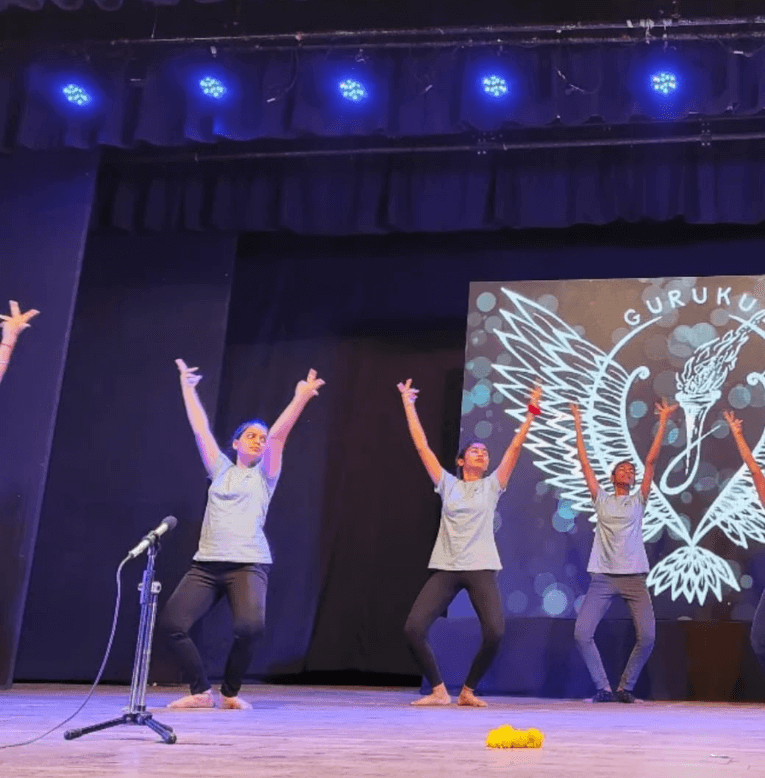
Nikita is special for her capacity for and affinity to Literature – a Dancer’s biggest blessing. She reads, feels and can translate those feelings so movingly on paper. And then, into Dance.
We have had the privilege to watch her imbibe Classical Movement with as much attention, sensitivity and sincerity as she reads, reflects, creates and writes.
Her time on this particular program begun in February of 2024, when a phone call about her desire to reconnect with her practice of the Arts, even when not with me in person, galvanized this whole idea of constructing a program that may do justice to the importance of Dance theory and Literature.
She has brilliantly put down her thoughts after tearing into our Publications one after the other. Identifying potential subject areas that she’d like to delve deeper into and centre and formulate her essays around.
Her entire body of work, as part and primary entrant of TJPE are available here.
Nik, our baby girl, deeper than anyone we know,
This is the Dancer you are!
The Dancer you need to be!
The Dancer the universe must be so grateful for!
You are a beacon for anyone who is moved by the theoretical, academic and physical aspect of Classical Dance and supporting Arts, in equal measure.
Bless your pen, mind and body!
More power to you our lovely!
This is Junoon.
